Five months after mass protests broke out in Nicaragua, the country is on the fastest downward slide toward anarchy, poverty and mass migration in recent history. Considered to be on the same path to tyranny as Syria and Venezuela, Nicaragua is now Latin America’s latest man-made refugee crisis, having sent at least 30,000 people into exile since last April.
And that’s exactly what’s on the mind of many business owners, investors and expats who have put down roots in Nicaragua for the better part of a decade. They’re ready to pack up shop and move. But where to? Panama, incidentally.
Just across the other side of Costa Rica, Panama is Latin America’s most dynamic economy, having grown at over 5% for the last few years. Its vibrant and diversified industrial base is welcoming to foreign investment from all over the world. And, no surprise, it is just as welcoming to people — over 350,000 immigrants have made Panama their home over the last decade, many of them from Nicaragua.
But how could two countries that have consistently featured on shortlists for the top expat places to live or retire be on such divergent trajectories?
In Nicaragua, just under half of the population lives in poverty, and that’s not new. But the crisis has made things much worse. Since April, more than 215,000 jobs have been lost, including 70,000 in the tourism industry, which was the country’s principal source of foreign exchange.
But the diverging paths the two countries took can’t just come down to democracy versus authoritarianism. Panama’s democracy isn’t all that old either — the Isthmus only returned to democratic rule in 1990. Yet, as democracy took strong roots here, it also enshrined the rule of law into every facet of life in Panama.
Panama’s strong institutions safeguard property rights and ensure that the right environment is there for the private sector to “work its magic.” In Panama, you’ll see the private sector right there alongside the government in modernization efforts in energy, transportation, utilities and housing, as transparent tenders and processes to allocate projects attract new players from across the world. A dollarized economy only serves to lend additional stability and comfort to investors. No wonder that Panama has one of the highest FDI to GDP ratios in Latin America.
As political turmoil in Nicaragua and Venezuela threaten regional stability, Panama is a part of the Lima Group pushing for a peaceful solution, leading sanctions efforts, and welcoming refugees. Looking ahead, let’s hope that Panama can help its Latin American neighbors find their own paths to stability, prosperity and democracy in the 21st century — putting the failed promises of 21st century socialism behind them.

